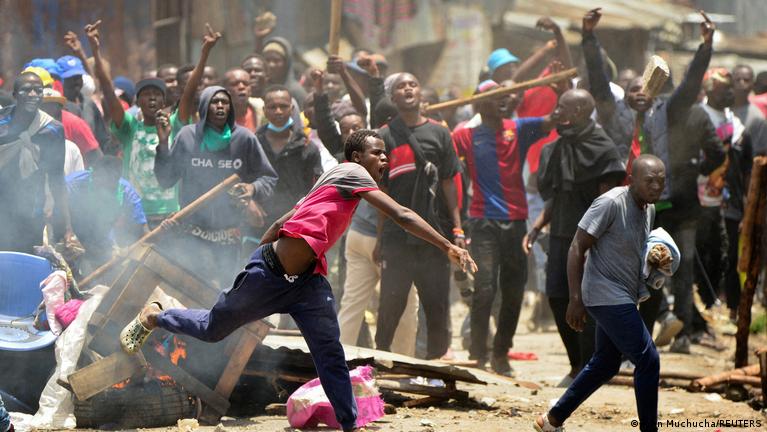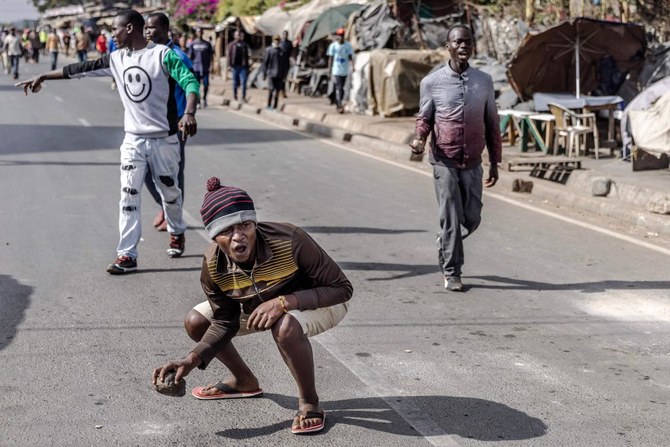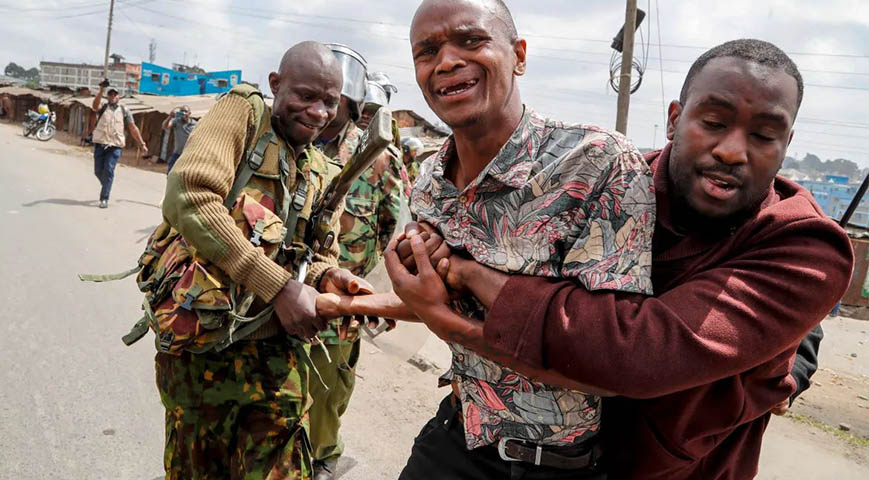Two days of anti-government demonstrations spearheaded by Raila Odinga have been marked by ongoing fights and confident Azimio leaders missing in action.
The leader of the Azimio la Umoja group had demanded three days of demonstrations, from Wednesday to Friday.
Like previous demonstrations, Raila and other Azimio leaders energized the populace this year and urged them to attend in significant numbers.
Some cities were virtually empty on Wednesday as residents stayed home and refrained from leaving.
The early morning hours revealed that many large commercial buildings were still closed since traders opted to stay away to preserve their properties.
Did you read this?

However, those who responded to Raila's call for protests showed up and marched.
These protestors took to the streets in counties like Nairobi, Kisumu, Migori, Vihiga, Nakuru, Mombasa, Homa Bay, Siaya, and Kisii.
There were fewer demonstrations on Thursday in these counties, which contributed to the relative quiet.
The central business districts of some cities, including Nairobi, Mombasa, and Nakuru, were once again bustling with activity.
It was evident that commuters had resumed their regular routines, some commercial spaces were opened, and public transportation was in use (although there were still fewer vehicles than usual).
The cops and the demonstrators were engaged in ongoing combat.

Police used tear gas to disperse the crowds as demonstrators flung rocks, burnt tires, and obstructed highways.
Police caught them and took them into custody.
Usually, there are casualties and wounds on a battlefield. Nine people had perished as of Thursday due to the demonstrations.
Unexpectedly, some top officials have been absent from the scene for the past two days.
Sen. Edwin Sifuna of Nairobi kept his word and joined demonstrators on Tuesday in Kibra.
The opposition leader, Raila, did not appear despite his repeated updates on social media with the message "no retreat, no surrender."









